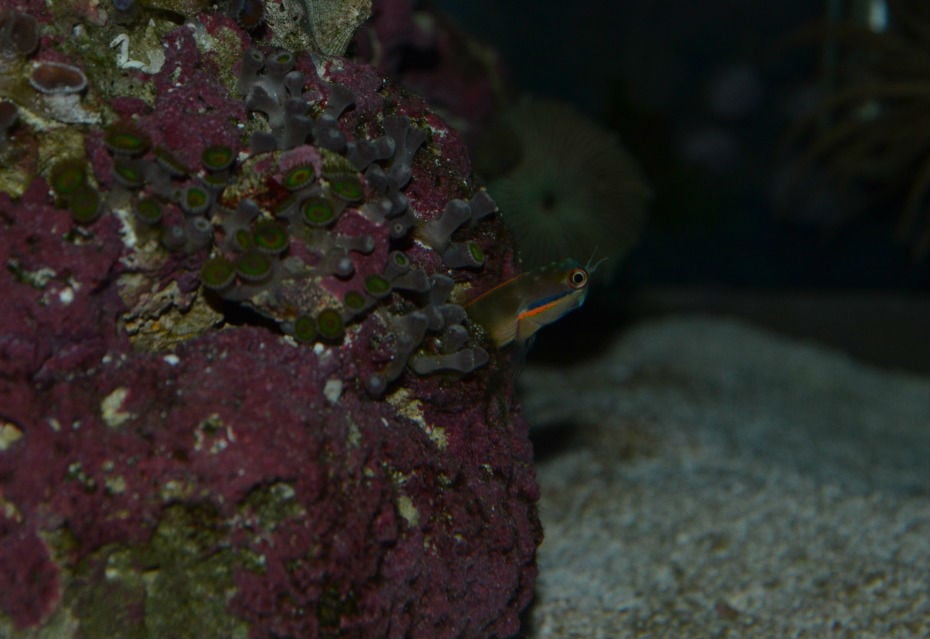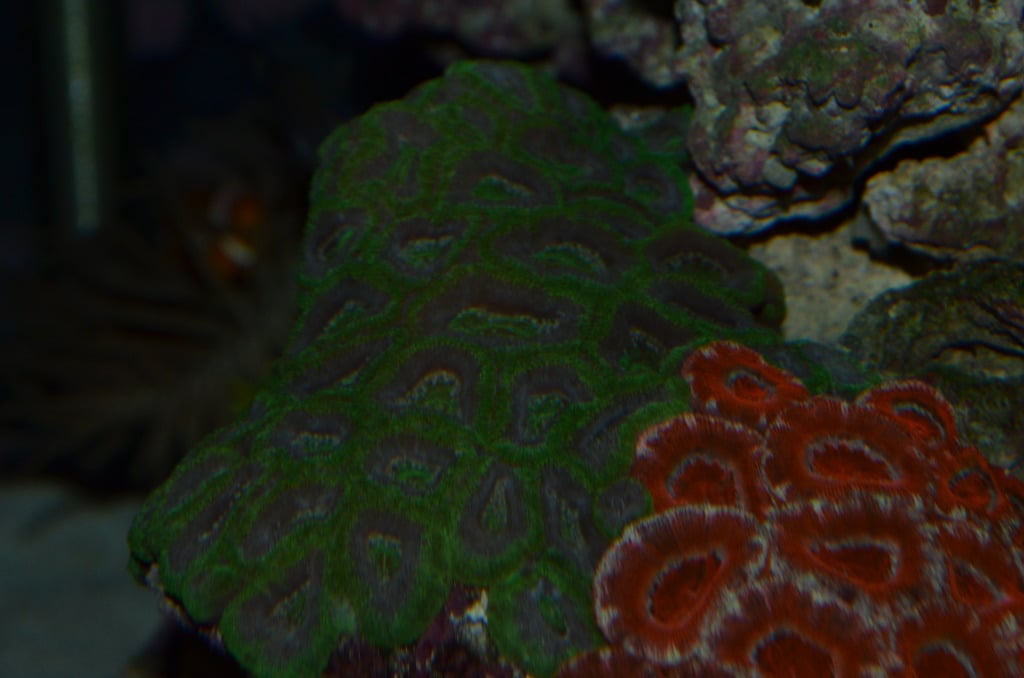luvmyreef
Active Member
Once the clowns are settled into the 20g, I am gonna turn their 10g into a frag tank, and start fragging the corals I have in this tank. Once they start growing good, with no signs of dino, I will place them into the 20g. That way I can save some coral to start anew. That's why I am rushing to complete the 20g. On a side note, the sand I had replaced is still white with no sign of the algae that is all over the other sand. It's been almost 5 days since I changed out that section, which makes me wonder if my theory isn't correct about the diatoms. But, it is still too early to tell I think. I'm taking the 75g outside to bleach the he## out of it today and scrub scrub scrub...UGH!!








